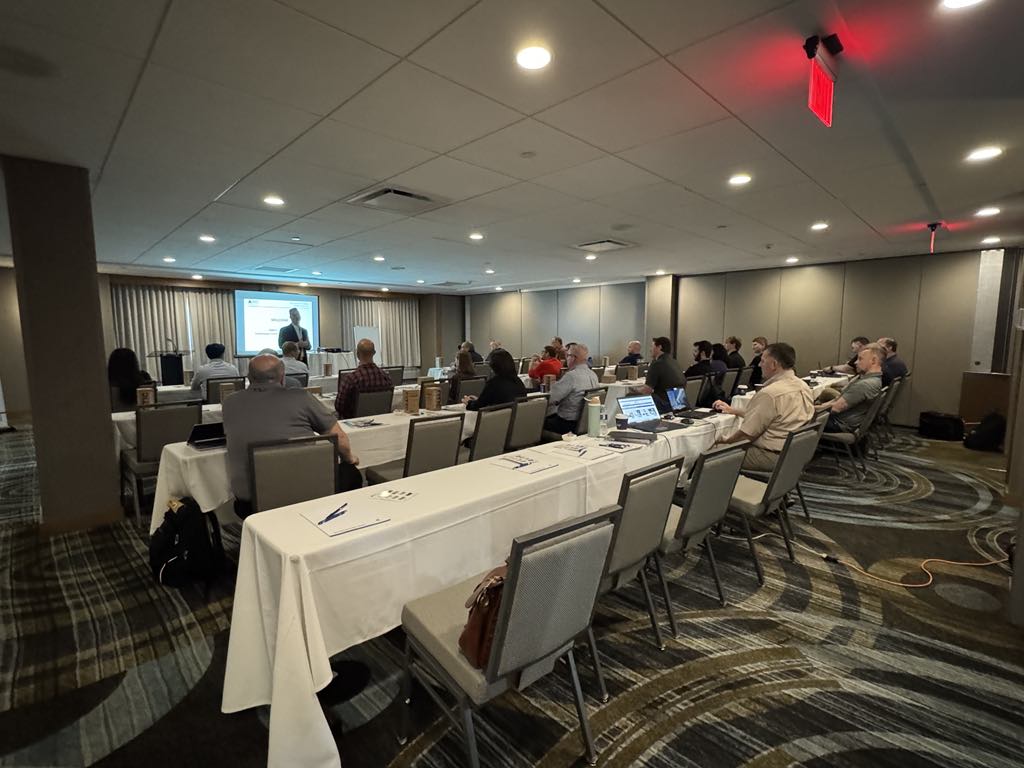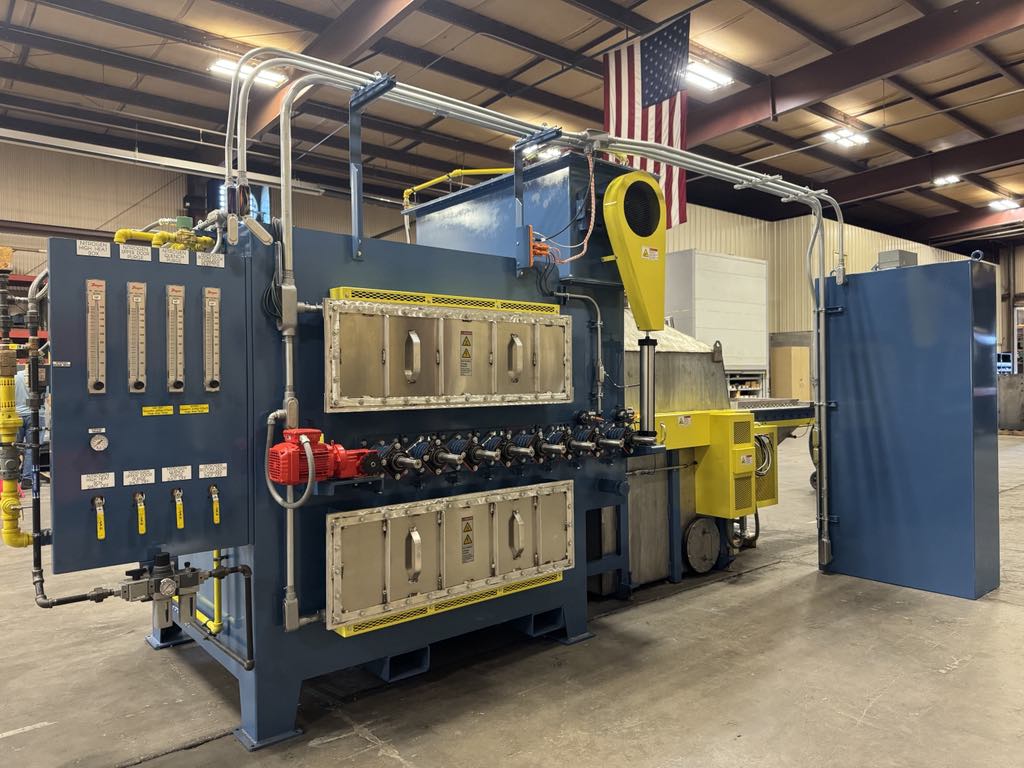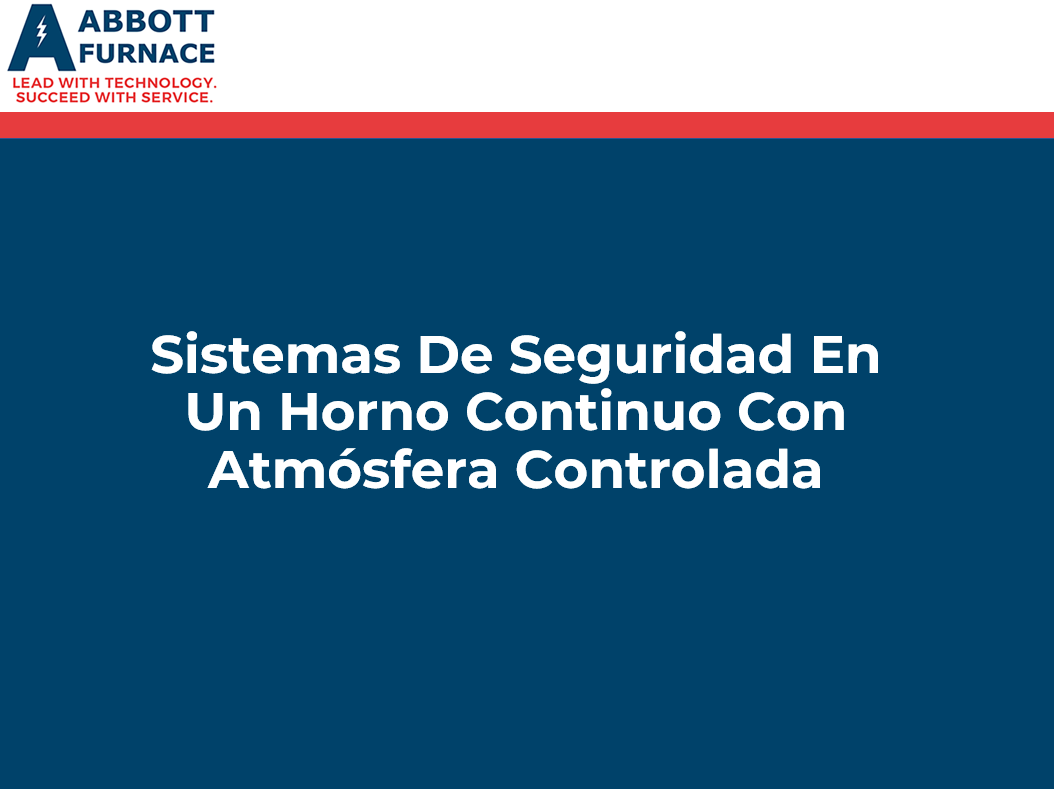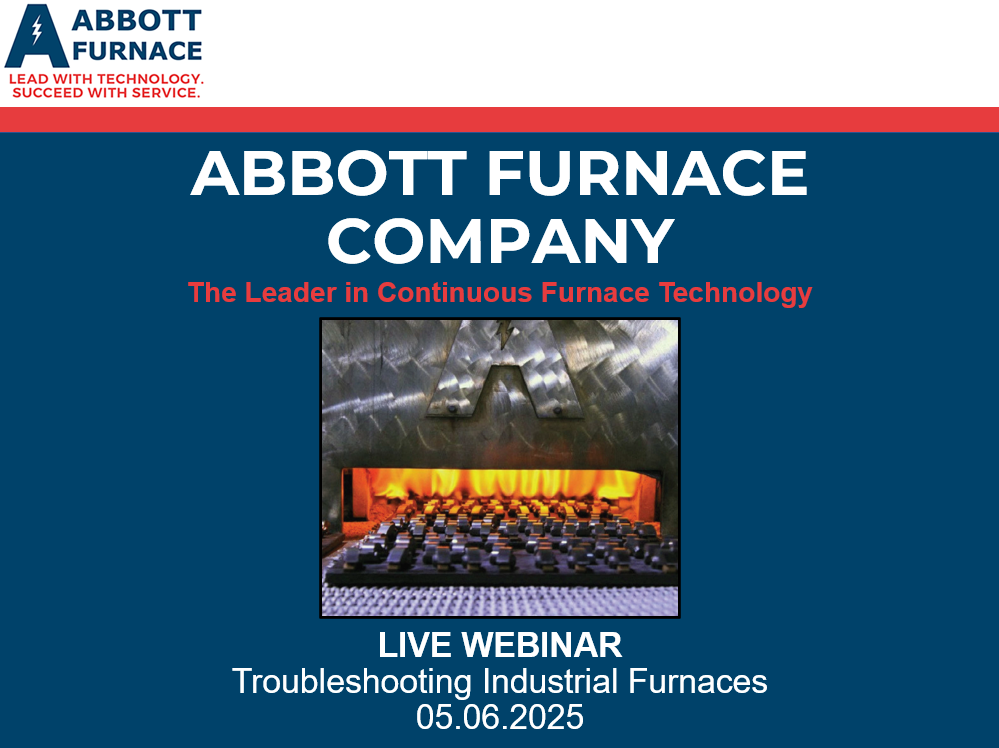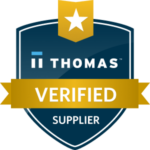
Metal Injection Molding was the first technology to allow the rapid production of complex shapes. This familiarity with complexity has made Metal Additive Manufacturing an excellent fit with many MIM shops.
Binder Jetting has moved to the forefront of additive manufacturing because of its ability to print materials that cannot be joined through a melt-based process, such as Laser Bed Fusion. It has also been recognized as one of the most promising methods of metal additive manufacturing to be able to produce at a volume that will enable additive technology to move from a boutique specialty process to a viable process for large-scale manufacturing.
In the past, the sintering step of the binder jetting process was done in a vacuum furnace. It was thought this would allow the producer to move into the market in a more competitive position of cost and flexibility; however, recent developments in continuous sintering furnaces have proven this to no longer be true. Lower capital costs, maintenance costs, operating costs, and better quality are now available from a continuous system that allows the manufacturer to move to high-volume production. During this webinar, we will compare these technologies and discuss the nuances of each.
Click below to listen to the presentation by Steve Feldbauer, Ph.D.



